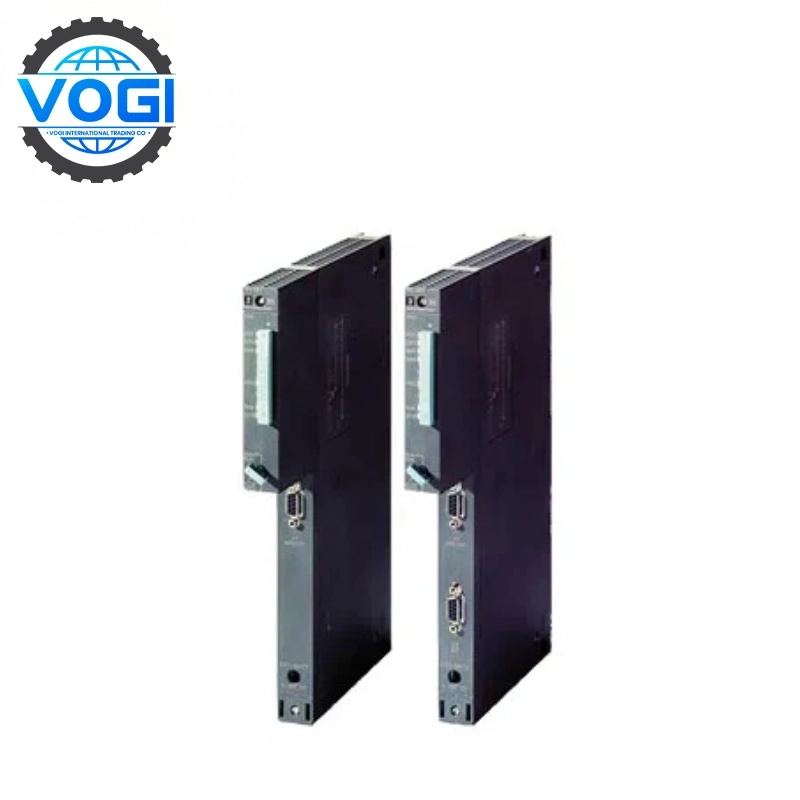Siemens QLCCM12AAN Critical Control Module
| Brand | Siemens |
| Module Number | QLCCM12AAN |
| Unit Price | $900 |
| Country Of Origin | Germany |
| Weight | 0.9KG |
| Certificate |
C/O from the Chamber of Commerce C/Q from the Manufacturer |
| Warranty | 12 Months |
| Inventory Qty | 2 |
Siemens QLCCM12AAN is a critical control module (CCM) in APACS+ and QUADLOG systems. It is mainly used to monitor, process and control field signals, and is particularly suitable for safety closed-loop and critical path control.
Siemens QLCCM12AAN Specifications:
|
Item |
Specifications |
|
Part Number |
QLCCM12AAN |
|
Module Type |
Critical Control Module |
|
System Compatibility |
APACS+, QUADLOG |
|
ROM Version |
3.03 (typical) |
|
Supply Voltage |
24 VDC |
|
Current Consumption |
Approx. 0.25‑0.4 A (typical) |
Beneficiary's Bank: CITIBANK N.A.
Beneficiary address:Champion Tower,Three Garden Road,Central,Hong Kong
Beneficiary: Vogi International Trading Co., Limited
Account No.: 395714900
Bank Code: 006 Branch Code: 391
Swift Code:CITIHKHX (CITIHKHXXXX * If 11 characters are required)
Payment Term:T/T
Comparison of similar models
|
Feature |
QLCCM12AAN |
QLCCM24AAN |
|
Function |
Critical control module |
Similar CCM with larger memory |
|
Supply Voltage |
24 VDC |
24 VDC |
|
System Compatibility |
APACS+, QUADLOG |
APACS+, QUADLOG |
Siemens QLCCM12AAN Key Features
Fast Data Processing for High-Speed Networks: Siemens QLCCM12AAN handles up to 1000 data packets per second, making it ideal for high - speed industrial networks. A logistics warehouse in the Netherlands uses it to connect 50 automated conveyor belts, ensuring instant communication between belt controllers. Before installing Siemens QLCCM12AAN, data backlogs caused frequent belt jams; now, such issues are rare even during peak shipping hours.
Easy Maintenance with Hot-Swappable Design: The hot - swappable feature of Siemens QLCCM12AAN allows technicians to replace it without shutting down the entire system. A chemical plant in France, which runs 24/7, found this invaluable. When a module needed replacement during a production run, the swap took just 5 minutes, and the production line didn’t stop—unlike with their old modules that required a 2 - hour shutdown.








